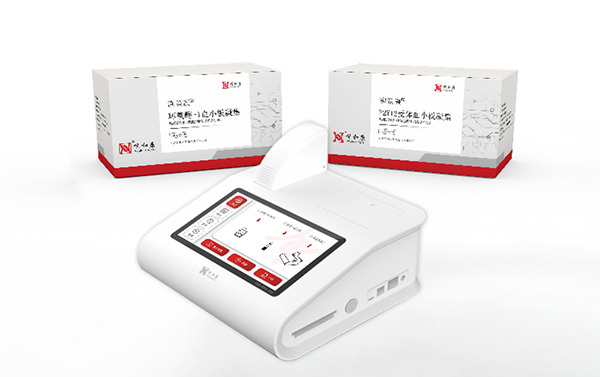Application Prospects of In Vitro Diagnostic Devices
Published:
2024-04-11
In vitro diagnostic (IVD) devices are becoming increasingly prevalent in modern medicine, trending toward simpler, faster, non-invasive, and multi-informative applications. Key aspects of their future applications include:
In vitro diagnostic (IVD) devices are increasingly widely used in modern medicine and are developing towards simpler, faster, non-invasive, and more informative directions. The specific application prospects are mainly in the following aspects:
1. Physical Examination
Modern people pay more and more attention to their health, and many people have made annual physical examinations a habit. In vitro diagnosis can achieve disease prevention and early detection through analysis and testing of blood, urine, feces, and secretions.
2. Chronic Disease Management
Worldwide, the incidence of diabetes, hypertension, and chronic gastritis is increasing year by year, and the incidence of hyperlipidemia, osteoporosis, and other diseases remains high. These chronic diseases require regular monitoring of blood glucose, blood pressure, blood lipids, Helicobacter pylori, and bone calcium changes. Using in vitro diagnostic equipment, especially various wearable devices, can achieve real-time monitoring of blood glucose, blood pressure, heart rate, etc.
3. Serious Illness Monitoring
After many cancer patients undergo surgery and chemotherapy, doctors can use in vitro diagnostic technology to regularly monitor tumor markers, predict cancer metastasis, and guide medication. For example, after breast cancer surgery, patients need to regularly have chest X-rays, bone scans, liver ultrasound, blood tests, and tumor-associated antigen tests, allowing doctors to provide targeted treatment for high-risk patients and prevent cancer metastasis.
Keywords:
Learn more about industry trends












